Source: iranwire.com
Kian Sabeti
The Iranian Ministry of Health and Medical Education has repeatedly pointed to a serious shortage of physicians and nurses in Iran over the past several years. The shortage became even more glaring after the coronavirus outbreak, with calls from the country’s medical bodies asking for volunteer physicians and nurses in to serve in coronavirus care units in cities across Iran.
The shortage becomes even more glaring when we know that from the outset of the 1979 Islamic Revolution some Baha’i doctors have been executed solely for their beliefs while the rest were dismissed from their positions for the same reason. Between 1979 and 1981, the new Islamic Republic government expelled all Baha’is working in healthcare, regardless of their experience and expertise, from government hospitals and medical centers.Baha’i youth admitted to medical university courses at the time were also deprived of their right to study and were forced to emigrate. Many of them have been successful in their new homes, becoming established medical professionals, and some have been involved in treating Covid-19 patients. The irony is that they have done this not in their homelands but in the countries where the universities allowed them to study.
In a new series of reports, IranWire looks at what happened to Baha’i doctors and nurses after the Revolution and in the 41 years that followed.
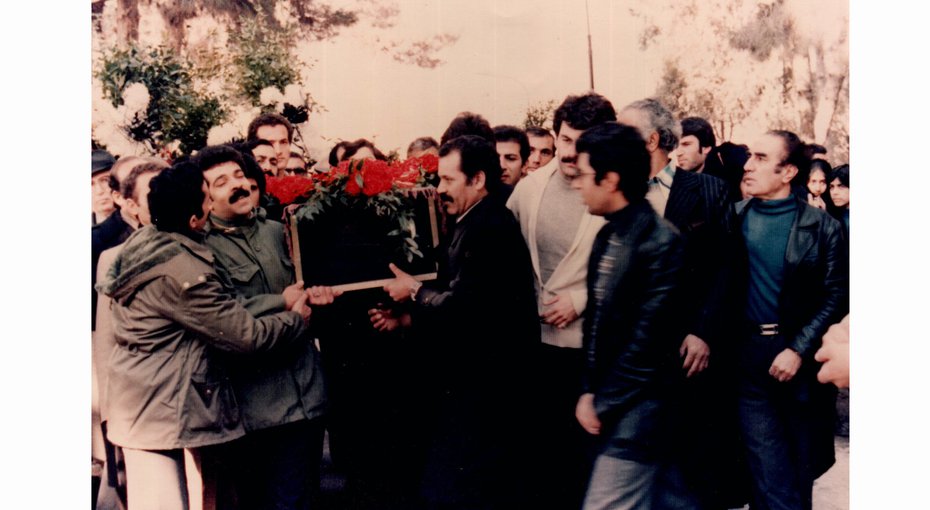
On January 12, 1981, at around 5:30pm, Professor Manuchehr Hakim was killed in his office by a gunshot to his head. This Baha’i physician was 70 years old at the time of his death. Iranian authorities insisted they were not involved in the killing, but only three days after Professor Hakim’s murder, they ordered the confiscation of his home and all his belongings.
Professor Hakim, an anatomy specialist originally trained in France, was also a member of the elected governing body of the Baha’is in Iran, called the National Spiritual Assembly. Many other members of this body were also arrested and executed at the time of the Islamic Revolution. He had previously established and chaired the anatomy studies department at the University of Tehran. The French government had awarded Professor Hakim with the the Legion of Honor for his work in anatomy – and in Iran he was a co-founder of the Misaqiyeh Hospital (now called the Mustafa Khomeini Hospital) and the Tehran Elderly Care Home.
Professor Hakim, who had also authored several academic texts on clinical anatomy, human anatomy, and gastrointestinal anatomy, had practiced medicine for more than 40 years before he was killed.
Professor Hakim’s wife, Germaine Landoy-Hakim, wrote to the new revolutionary authorities after the assassination, saying in her letter that her husband was “a humanitarian, affectionate, pure, full of feeling, and he dedicated himself to treating patients from all backgrounds, including treating the poor for free, for more than 40 years.”
But Professor Hakim was just one of hundreds of Baha’i physicians who were expelled, arrested, and executed in the first decade of Iran’s Islamic Republic because of their religious beliefs. According to published statistics, during the first five years of the establishment of the Islamic Republic of Iran, at least 16 Baha’i doctors and pharmacists were executed on charges of being followers of the Baha’i faith.
Faramarz Samandari was executed in Tabriz on July 13, 1980, at the age of 48, along with another Baha’i. He was a medical doctor and prominent in the medical community, a professor at Tabriz University School of Medicine and the inventor of a new method of ear surgery for the treatment of deafness.
On August 21, 1980, an armed group called the Special Hit Force, with a written arrest warrant, abducted five members of the National Spiritual Assembly and two other Baha’is during a meeting at a private home. No trace of them was ever found. Among them were four physicians; Dr. Hossein Naji, a cardiologist and a graduate of the Melli University of Iran as well as English and American universities; Dr. Kambiz Sadeghzadeh Milani, a psychiatrist and a graduate of the Tehran and American University Medical School; Dr. Heshmatollah Rohani, a graduate of Isfahan University, who had a private practice in the south of Tehran where he treated low income patients; and Dr. Yusef Abbasian, a graduate of Tehran University’s Dental School, who received his specialization training in the United States.
On June 14, 1981, seven Baha’i citizens were executed in Hamadan, including two physicians, Dr. Firouz Naimi and Dr. Nasser Vafai. The seven Baha’is were severely tortured prior to execution. The individuals who recovered the remains after the execution reported that Dr. Naimi’s back had been broken and Dr. Vafai’s thigh had been torn.
The reputations each doctor had in Hamadan were such that their execution were met with protests by many in the city – to the point that a religious judge in Hamadan rebuked the people in a television interview. “Why do you say, why did we kill Dr. Vafai, why did we kill the doctors? Why did we kill the seven Baha’is? Were they spies? … [But] if Dr. Vafa was serving the people and the old, this was only a form of propaganda. Why do you keep calling us and writing so many letters?”
The Baha’i doctor Dr. Masih Farhangi, who was born into a Muslim family with a cleric father before converting as a young man, was a graduate of the Tehran University Medical School. Dr. Farhangi was arrested on June 24, 191, at the age of 69 and sentenced to death by hanging for his belief in the Baha’i faith.
On July 29, 1981, ten Baha’i citizens were executed in Tabriz Prison on the charge of being followers of the Baha’i faith. The victims included Dr. Ismail Zahtab, Dr. Masroor Dakhili, a physician, and Dr. Parviz Firouzi, a pharmacist.
On December 13, 1981, eight members of a newly-reelected National Spiritual Assembly were arrested; two weeks later, they were all executed without even seeing a lawyer. The remains of these eight Baha’is were never returned to their families. Two Baha’i doctors, Dr. Siroos Roshani (56 years old) and Dr. Ezzatullah Foruhi (47 years old) were among the dead.
Dr. Ziaollah Ahrari, a pharmacist trained in Italy, was summoned to the Revolutionary Court of Shiraz on April 20, 1982 and sent to Adelabad Prison in Shiraz. Dr. Ahrari was hanged in Shiraz on November 21 of that yaer. A few months before his arrest, he had been praised by the neurology department at Hafez Hospital, which said in a letter of appreciation that “… because Dr. Ahrari, Head of Hafez Pharmacy, has given his utmost in manufacturing lithium carbonate tablets, so much needed by a group of psychiatric patients, he has to be encouraged and appreciated.”
Dr. Farhad Asdaghi was the youngest Baha’i physician to be executed in the post-revolutionary period. He graduated from Melli University in 1978 and left for Birjand to serve in the military. The free health and medical care that Dr. Asdaghi offered to poorer people and villagers in Birjand made him highly popular – which led to his arrest in September 1981.
Dr. Asdaghi was released after three months and moved to Tehran; there, while working at an overnight medical clinic, he was prosecuted for his activities in the Baha’i community and its administrative institutions.
Dr. Asdeghi was again arrested on June 26, 1984, and was executed by hanging five months later, on November 17, 1984. The body of this Baha’i citizen was not returned to his family and was probably buried in Khavaran Cemetery, along with other executed Baha’is, without the usual Baha’i practices for burials.
On November 29, 1985, Dr. Roohollah Talim, a 48-year-old gynecologist, along with five other Baha’is, was hanged at Evin Prison. The families of these Baha’is were not notified of their execution for another eight days and the fate of their bodies was never discovered.
Roohollah Talim was arrested in Kermanshah and after a few days was transferred to Tehran. He was the founder of Arya Hospital in Kermanshah.
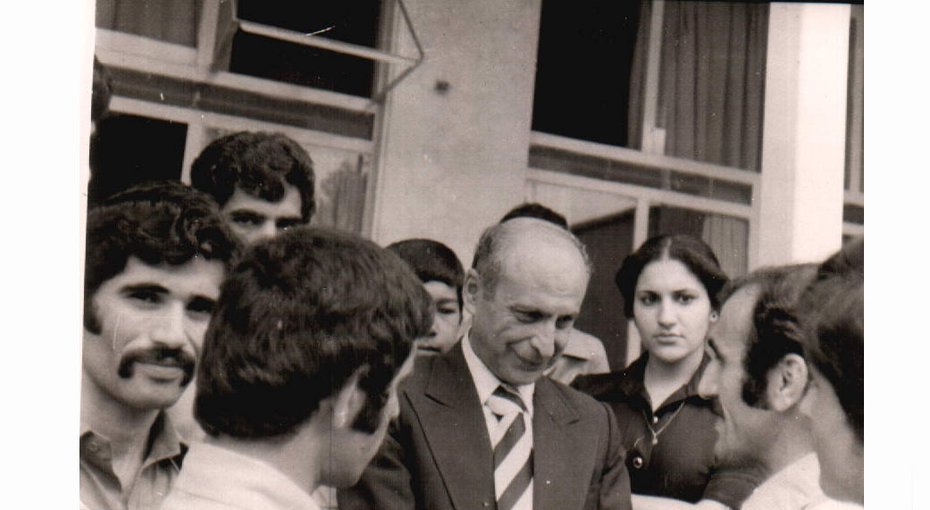
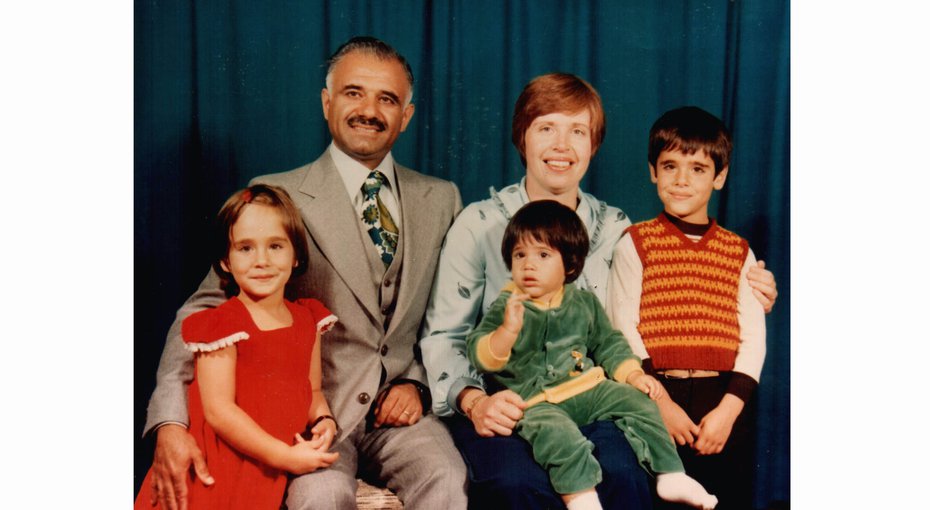


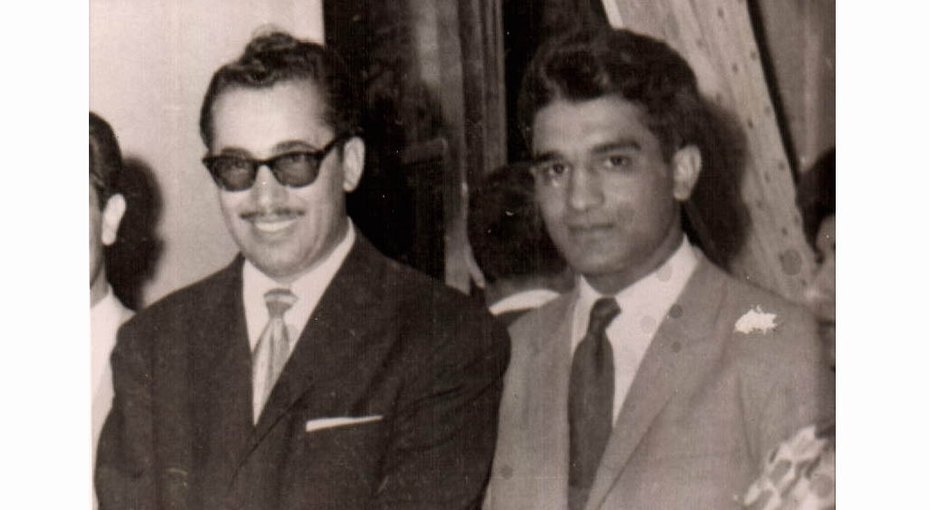
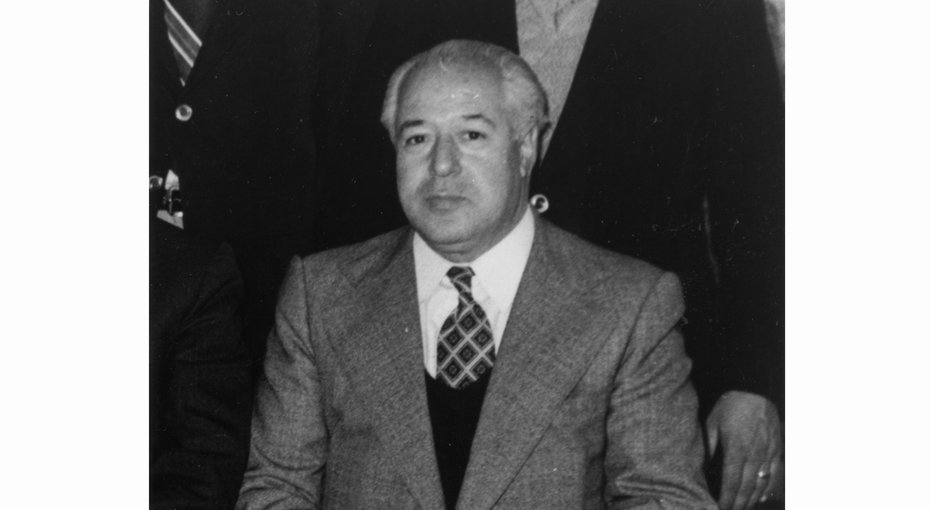
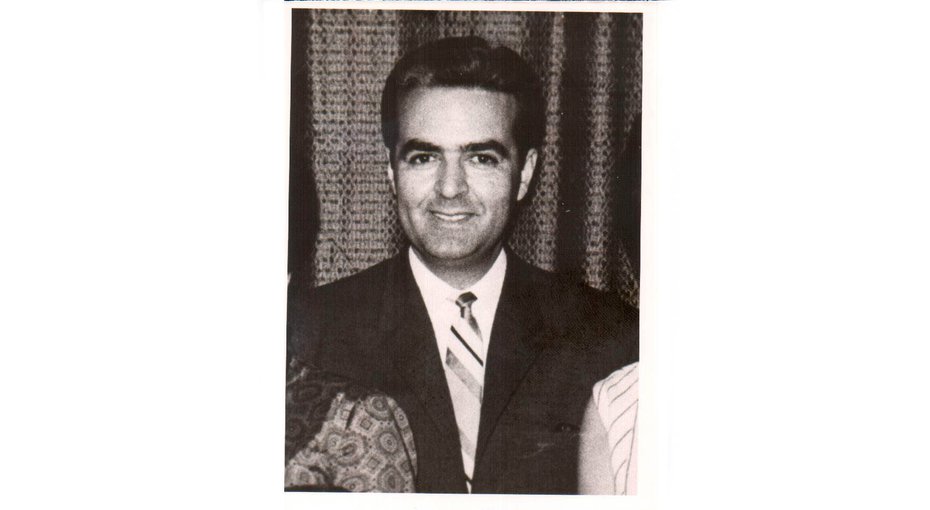

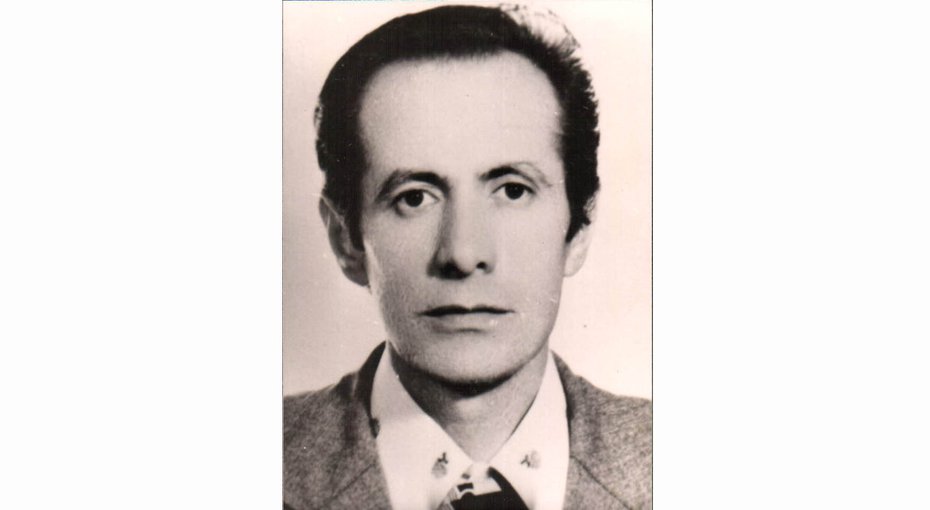

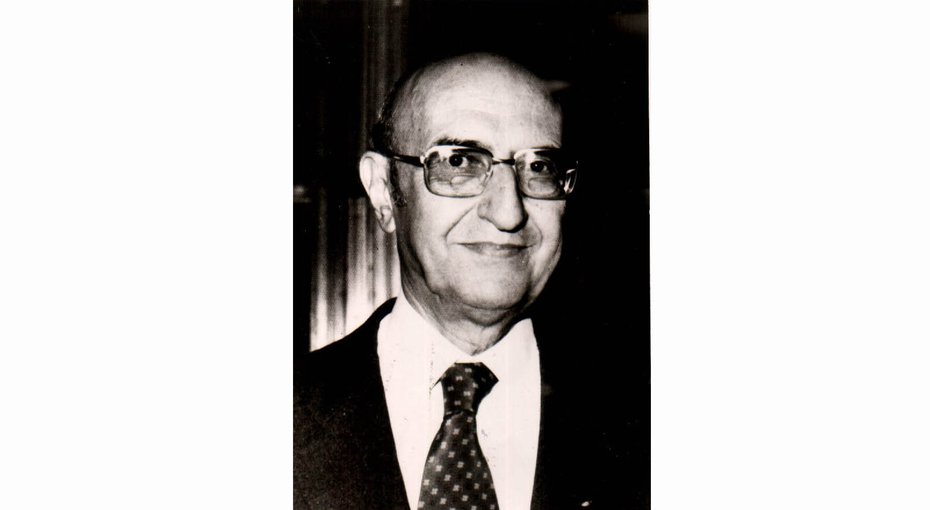
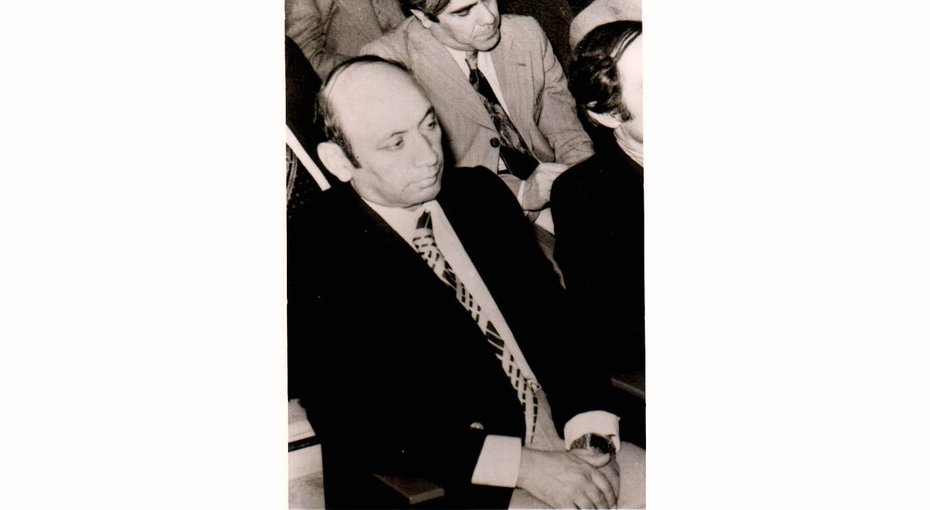

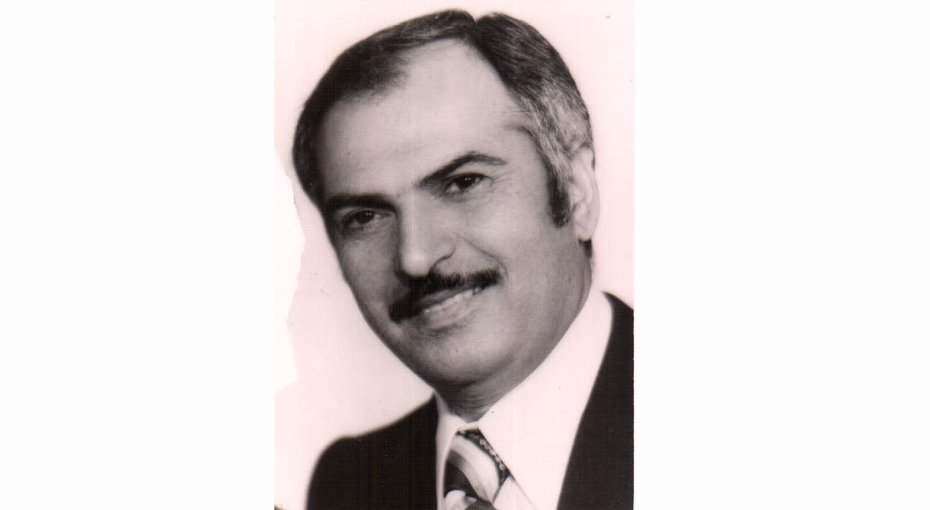


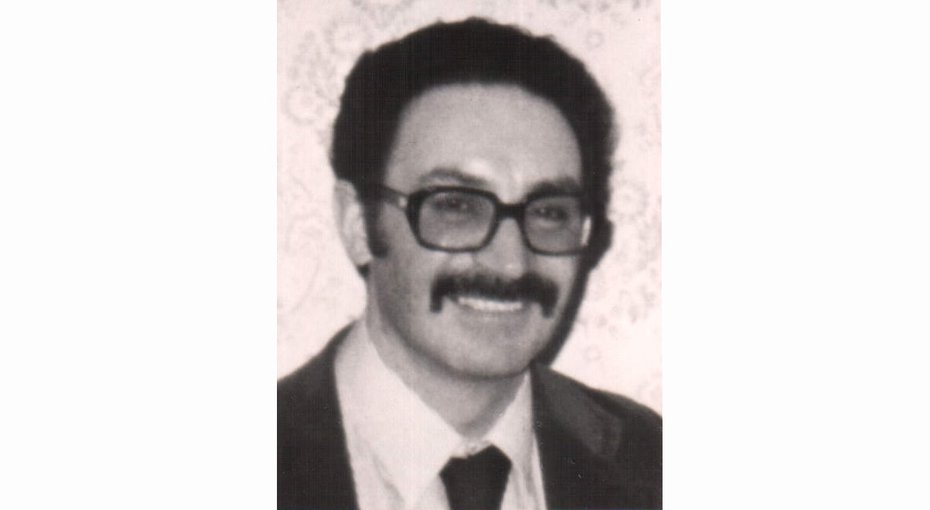
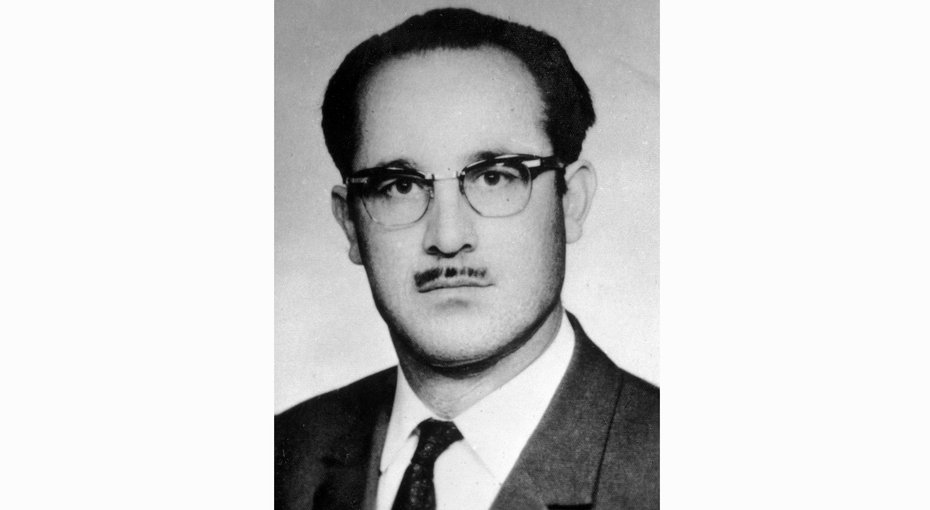
Leave a Reply